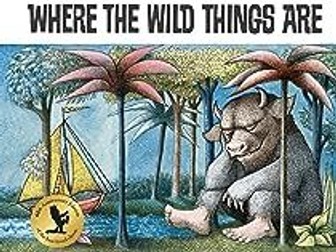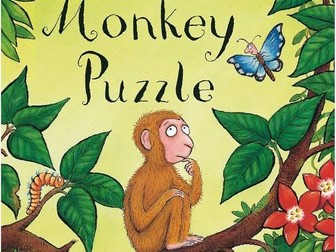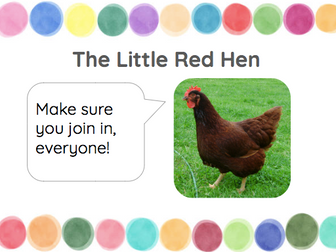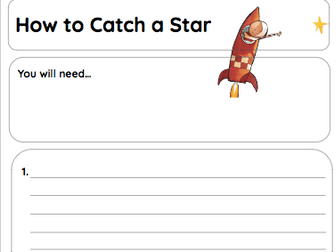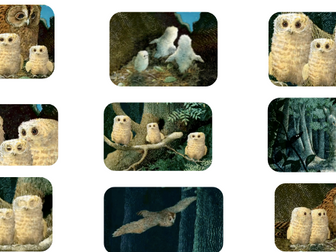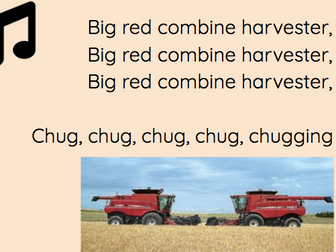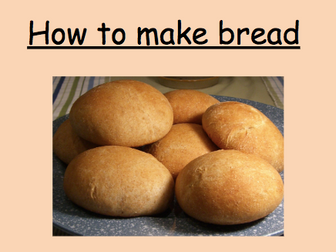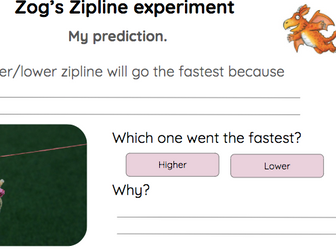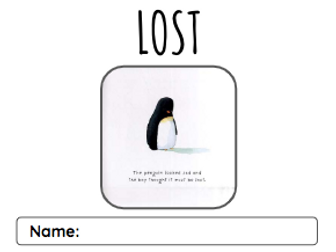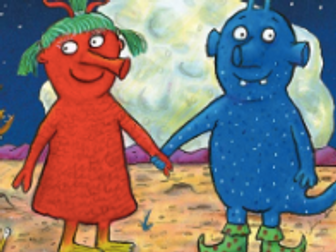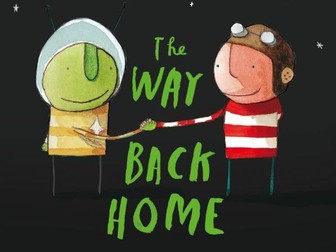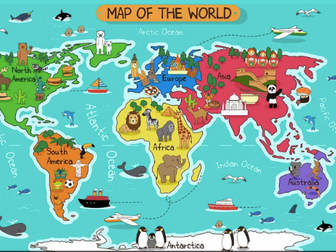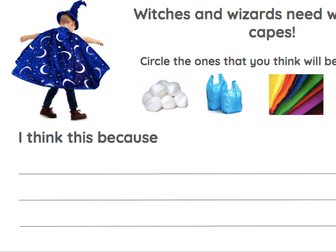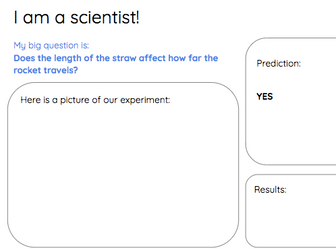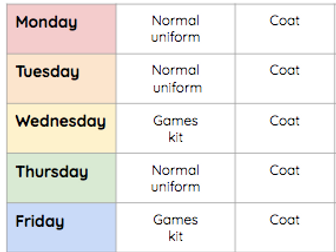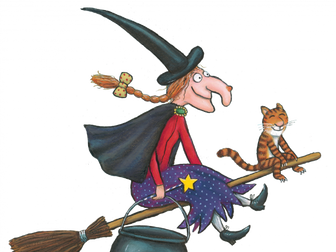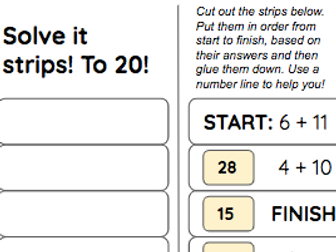2 weeks of Where the Wild Things Are planning - Year 1 Literacy
<p>Here are six literacy lessons designed to fit around the story of Where the Wild Things Are. We use Talk for Writing so I will be encouraging lots of ‘imitation’ from the children during this block but our focus is on innovating our own characters, writing a letter to Max, describing story settings (using similes), using verbs to describe the wild rumpus and explorring Max’s feelings.</p>
<p>This is aimed at Year 1 but could be adapted for Year 2.</p>
<p>I have also added Twinkl links.</p>
<p>I have also added an idea for an Art lesson.</p>
